Top 10 things a bank valuer looks for in a property
Got your sights set on a new property, want to fund a renovation or simply refinance? If you’re looking to dip into the current equity in your home, then you’re going to need the services of a bank valuer.
Having an idea of what drags down the value of one property and bumps up another is useful information. With the property landscape across Australia rapidly changing, renovators need to be particularly careful that they focus on the features that are virtually guaranteed to add value.
Here are 10 key things a professional valuer takes into account when putting a price on a property.
1. Land size
The land value is often worth several times the value of the property on it. Insignificant little houses on waterfront blocks sell for millions. A key component of land value is the size of the lot, and clearly, the bigger the better.

2. Lot attributes
There’s other important contributors, such as topography, shape and aspect. For example, a block on the high side of a street with water views will hold more value than one on the low side that misses out on the elevated aspect and possibly has obscured views. A level or gently sloping block will be favoured over a rocky, steep one that’s hard to build on. A neat rectangular or square-shaped block will score points over an odd-shaped one. Whether the block faces north, south, east or west is also important, as north-facing is number one preference for buyers.
3. Street frontage
You’ll often hear real estate agents talk about “double fronted” properties – that’s going to automatically push the price up. Street frontage counts. The width should at least be consistent with the suburb norm. Too narrow and the value drops; much wider and up it goes.
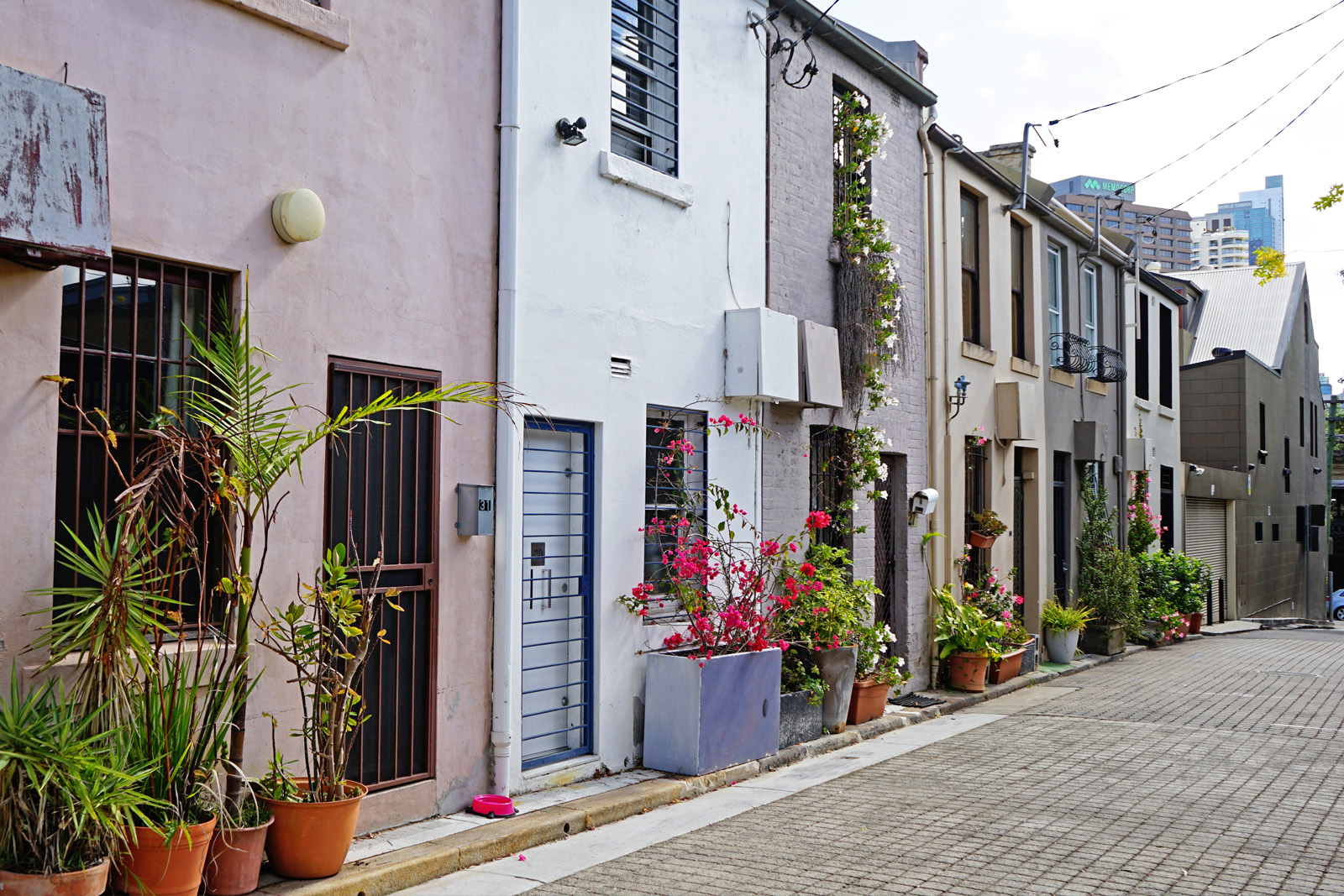
4. Property size
The bigger the floor space of the internal property, the better. And don’t forget most banks aren’t keen on lending money for apartments under 40 square metres; some even baulk at anything under 50 square metres. House renovations that look at extending the property either out or up to increase floor space will obviously have an advantage come valuation day.
5. Presentation and layout
A well-maintained property with a practical layout impresses. Various zones of the house should be grouped together. For example, bedrooms should be clustered together in a quiet area (the exception sometimes being a dedicated “parents’ retreat”); open-plan living appeals, with a seamless indoor/outdoor flow to the outside entertaining area. The condition and overall appearance of the property, and how comfortably it sits with the streetscape, will all be taken into account.
6. Number of bedrooms/bathrooms
The more bedrooms a place has, the more it’s worth. It’s often possible in a renovation to reconfigure the layout to create an extra bedroom, without compromising the overall space, so that’s definitely something to bear in mind. Any more than two bedrooms, and you really want to be thinking about a second bathroom, or at the very minimum a master ensuite.
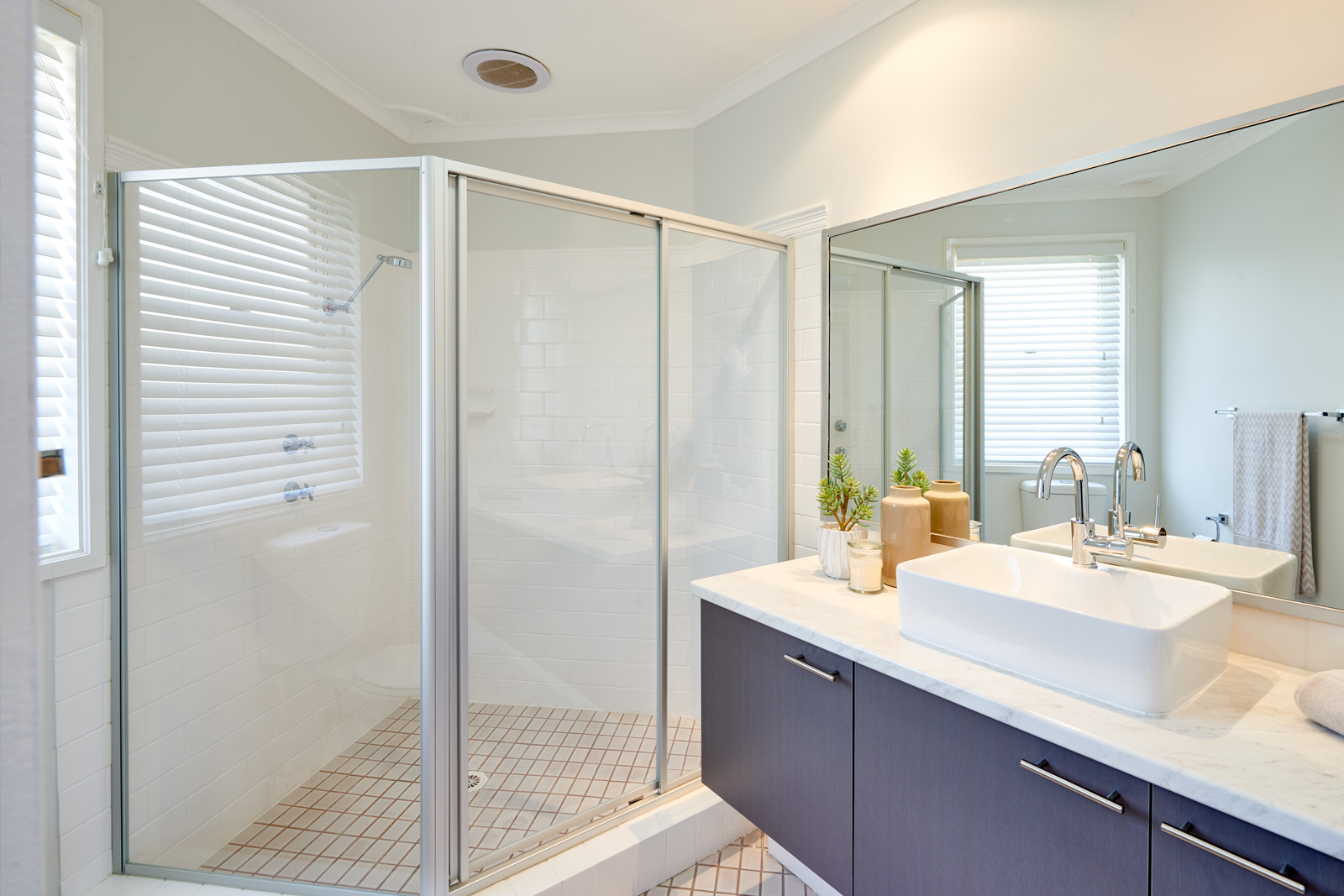
7. Size and condition of the kitchen/bathroom
While the overall condition of the property is taken into account, pay particular attention to kitchens and bathrooms. Kitchens sell, so your valuer will be scrutinising a kitchen carefully. The quality of the appliances and fittings, whether there’s dishwasher or not, and the overall size all count. But that doesn’t mean renovators should go over the top and spend needless money. Fixtures and fittings just need to be appropriate to the value of the property. The same goes for the bathroom/s.
8. Off-street parking
In high-density urban areas, parking is always at a premium, so if a one-bedroom unit in the heart of the city has a parking spot, then that’s going to up the value. Likewise, if nearly every house in a street has off-street parking, the one that doesn’t is at a disadvantage. Often there is a way to create off-street parking, so it’s something to look out for when you’re sizing up a property to buy.
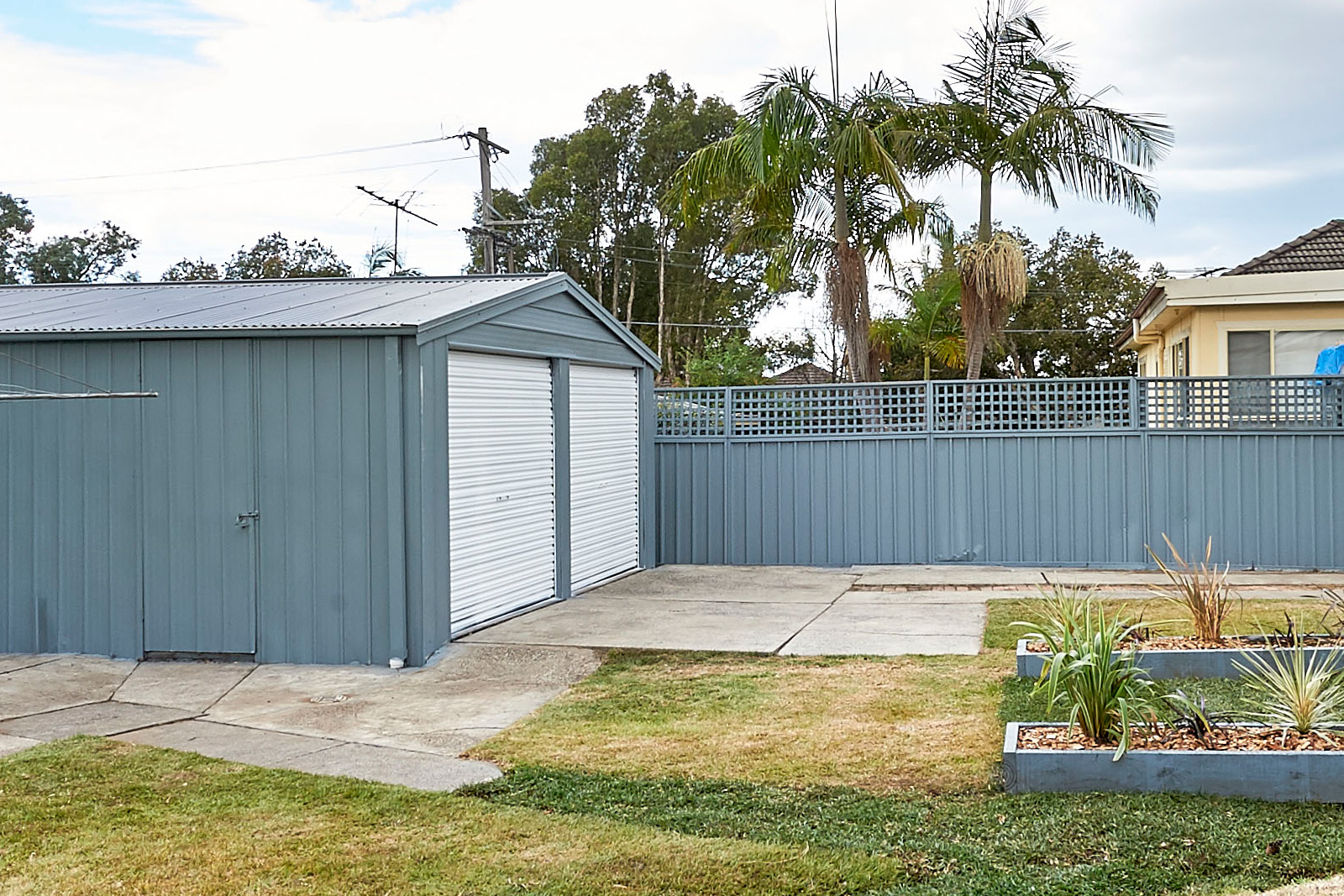
9. Location to surrounding infrastructure
Schools, hospitals, recreation parks, shopping centres, retail/cafe strip, public transport… these are all desirable amenities to have close by and will form part of the valuation. If you’re right next door to a factory or on the main freeway into the city, that won’t be so desirable. You want good surrounding infrastructure, but not so close that it’s right on your doorstep. Tip: jump onto walkscore.com and plug in your address. You’ll be given a score which takes into account the schools, restaurants, cafes and recreation locations within walking distance.
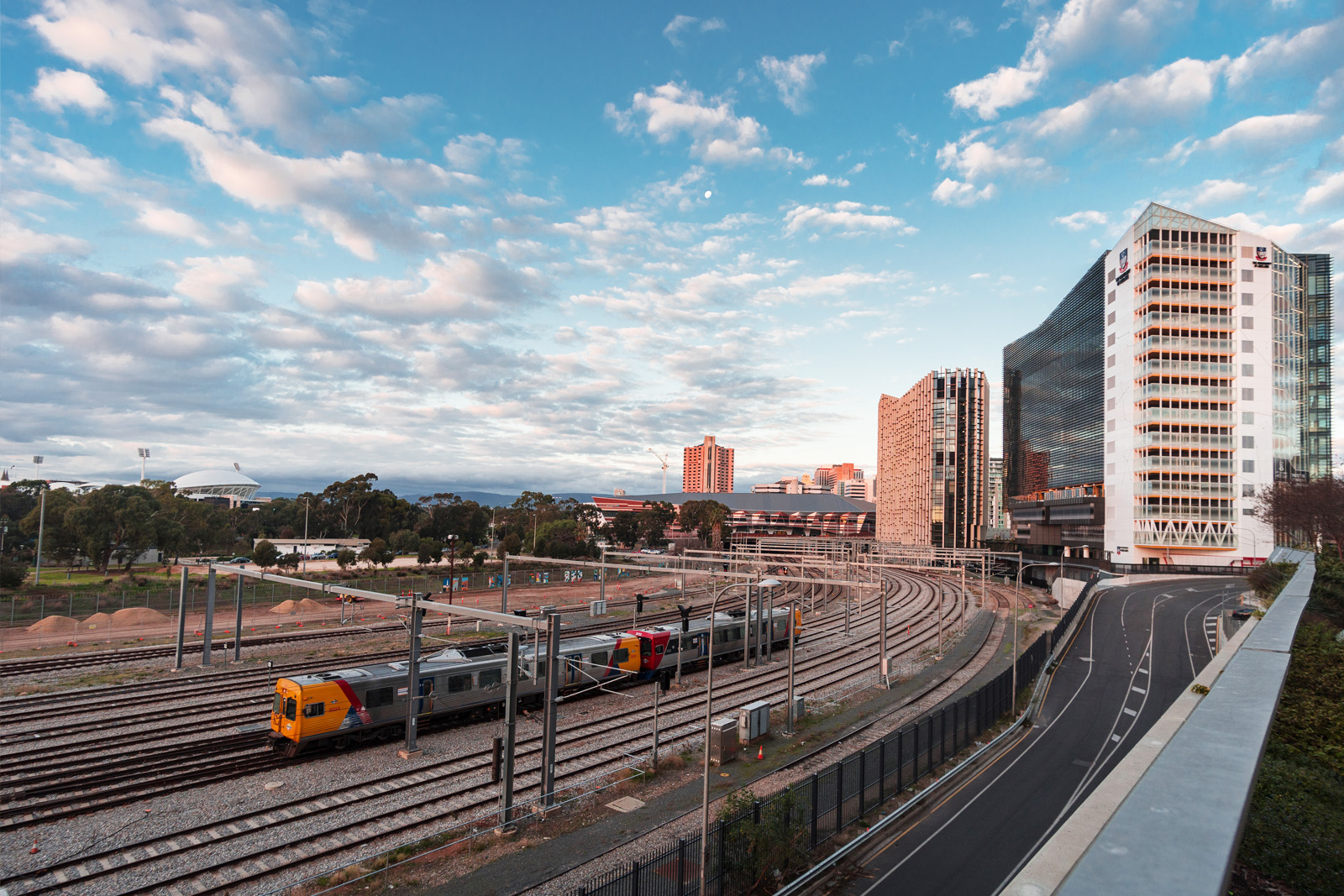
10. Degree of potential for renovation or redevelopment
A valuer judges the property as it is on the day, so any grandiose boasts of work that’s about to happen on the property won’t wash. Ditto, a half-finished kitchen or bathroom renovation is unlikely to impress. However, the valuer will be assessing the degree of potential for renovation or redevelopment. Could the block be split? Could the floorspace of the property easily be extended? Would there be water views if a second storey was added? Undeveloped potential will be part of the equation.
These are by no means the only things a valuer takes into account, but they are the ones you have some power over, both when buying or renovating property.


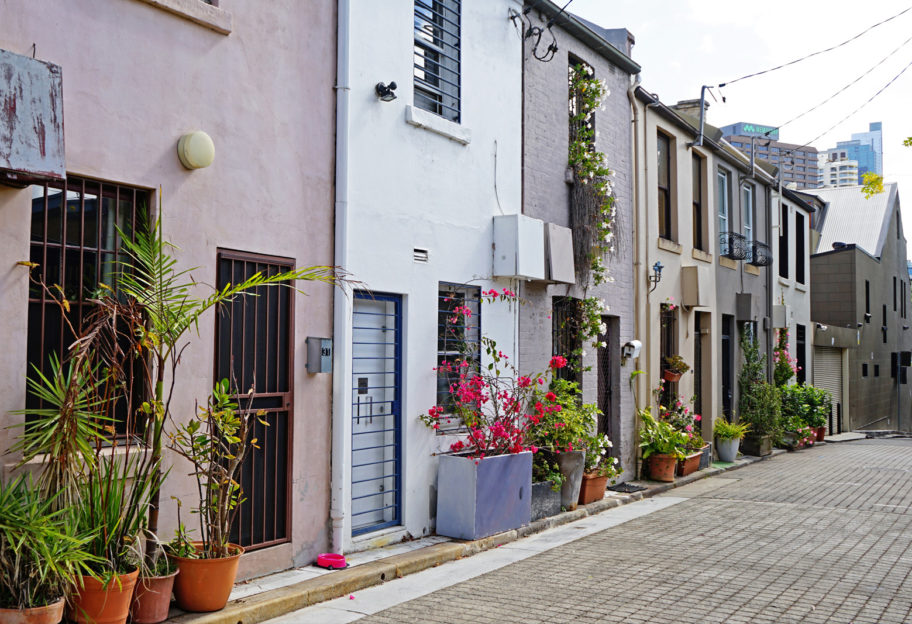


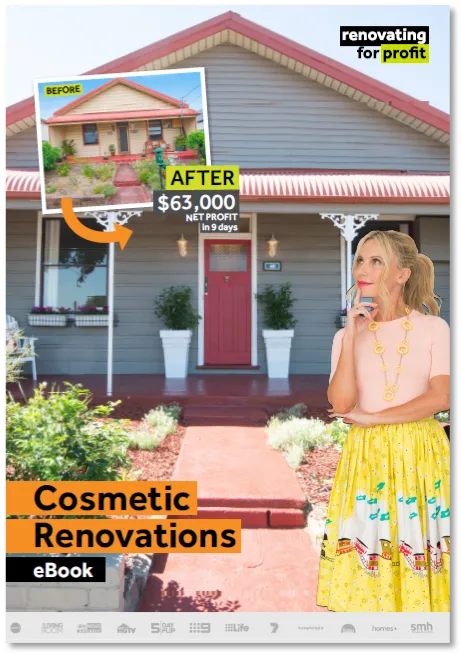
Liked it. Thanks